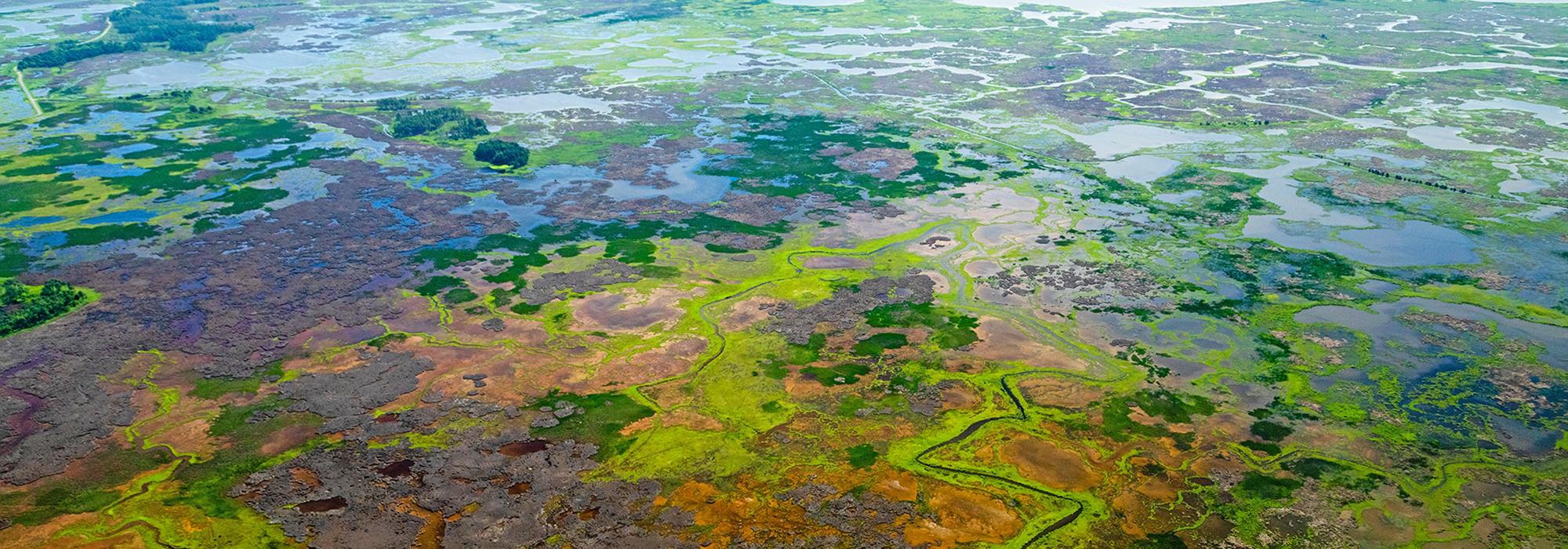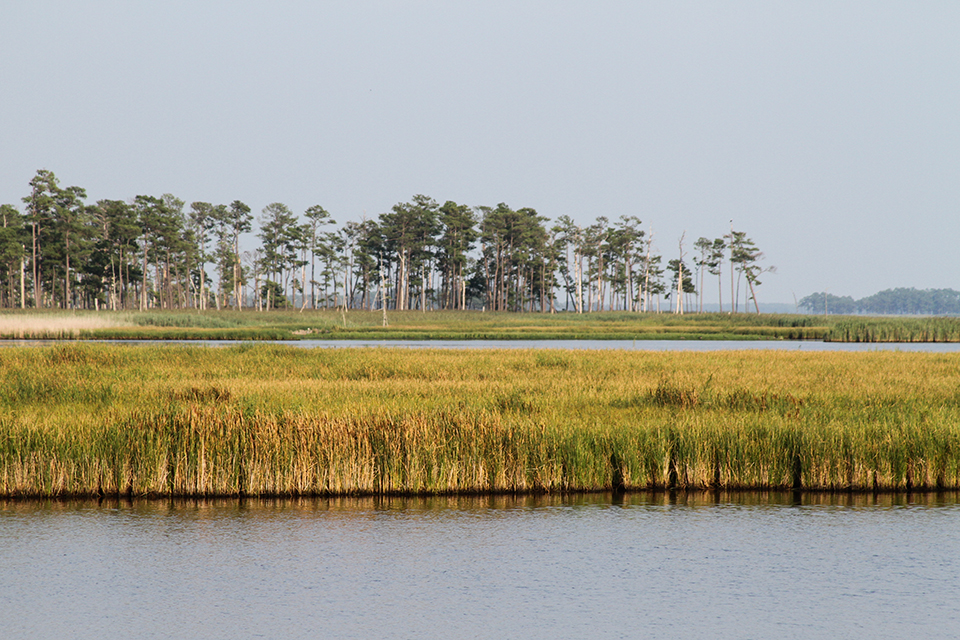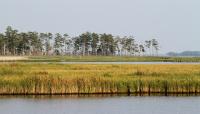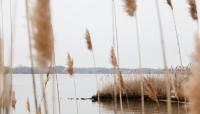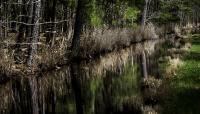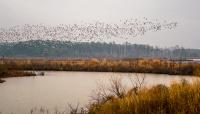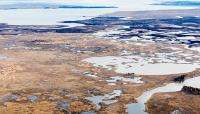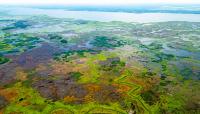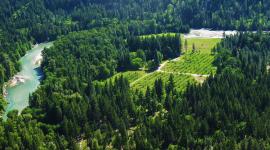Landscape Information
The 30,000-acre Blackwater National Wildlife Refuge (BWNR) is set amid the vast tidal marshes of the Chesapeake Bay region known as the “Everglades of the North” along Maryland’s Eastern Shore. The refuge was designated in 1933 as a sanctuary for birds migrating along the Atlantic Flyway and takes its name from the tea-colored waters of local rivers. Containing marshland, hardwood and pine forests, freshwater wetlands, and croplands, the area was once the setting of a fur farm that mainly depended on muskrats. Adding to their cultural significance, these wetlands served as the backdrop to the activities of Harriet Tubman and the covert Underground Railroad, a secret system of escape routes and safehouses formed in the late 1700s by African Americans and northern abolitionists to guide enslaved peoples to freedom.
The refuge is part of a large complex of tidal wetlands that provides storm protection to lower Dorchester County, including the Town of Cambridge, making it an ecologically significant area within the state. The Blackwater, Little Blackwater, Choptank, and Transquaking Rivers drain the region. Managed by the U.S. Fish and Wildlife Service, the refuge is home to myriad species of endangered plants and several species of bird, reptile, and amphibians. Among them are three recovered species: the American bald eagle, the endangered Delmarva Peninsula fox squirrel, and the migrant peregrine falcon. The refuge features a visitor center with a butterfly garden and a network of wildlife trails. In March 2013 President Barack Obama authorized the creation of the Harriet Tubman Underground Railroad Monument and National Historical Park, which occupies an eastern swath of the BWNR.



